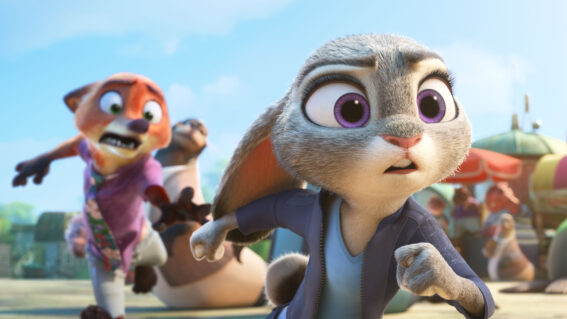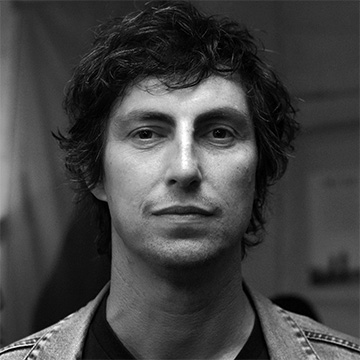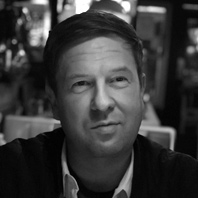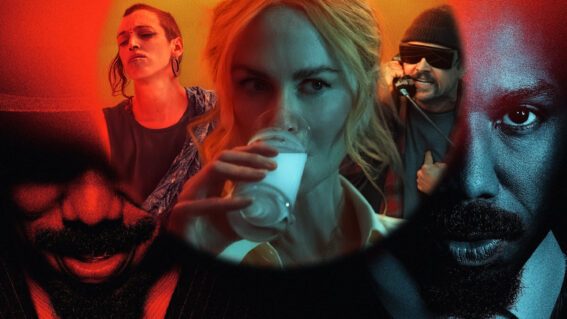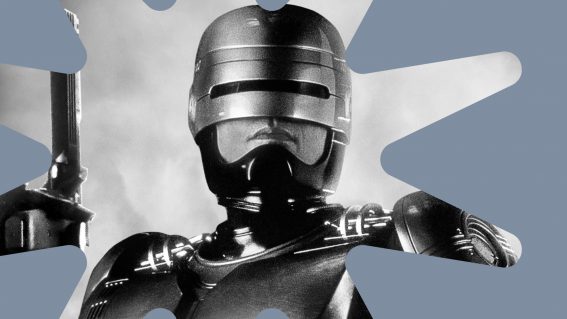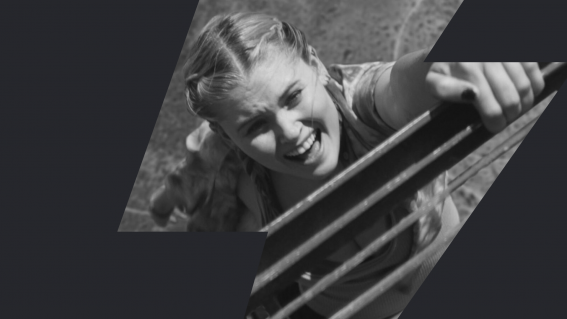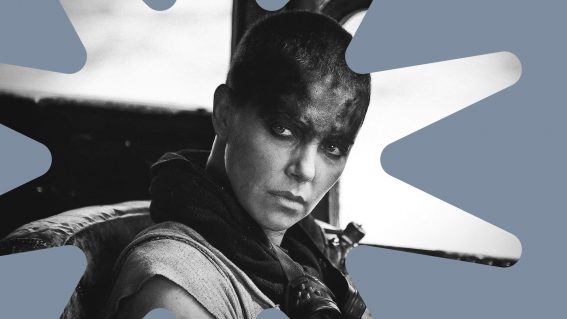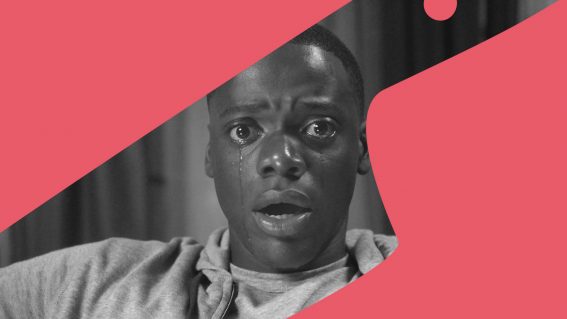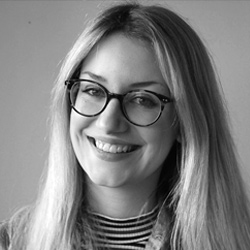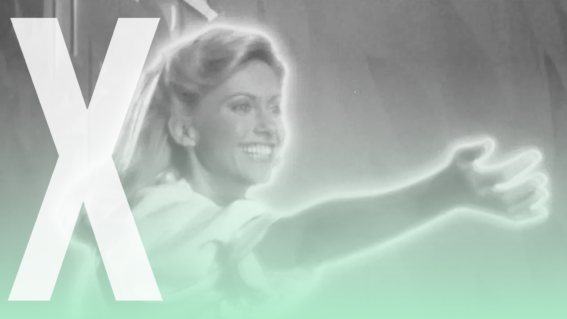Art imitates life in Workmates, a comedic love-letter to NZ’s theatre scene
Sophie Henderson and Curtis Vowell chat to us about their third feature film: a workplace comedy about resuscitating a rundown theatre.

Making its world premiere at Whānau Mārama: New Zealand International Film Festival before heading to Australia for the Melbourne International Film Festival, comedic New Zealand feature Workmates brings Aotearoa’s theatre scene to the big screen.
Sophie Henderson (Human Traces) and Matt Whelan (A Remarkable Place to Die) are Lucy and Tom, two close mates who have been running fictional broke theatre The Crystal Ballroom for a very long time. Too long, perhaps. With a baby on the way, Tom believes the responsible thing to do is abide by his partner’s wishes and move on to a better-paying job while Lucy thinks it would be irresponsible to abandon The Crystal Ballroom. Both, however, have neglected their basic responsibility of keeping the place up to code and must quickly raise funds to repair their beloved theatre while also addressing something else they’ve neglected: their true feelings for one another.
Following 2013 indie darling Fantail and 2020 preggers comedy Baby Done, the film marks the third collaboration between actor-screenwriter Henderson and director Curtis Vowell. They’re also a real-life married couple who met through a Silo Theatre production as actors. “We worked together before we were together,” Henderson tells me. “I was falling in love with Curtis, we were playing boyfriend and girlfriend, and I was like, ‘I think we should kiss in this scene.’”
“And we did. Every night,” Vowell happily adds. “When we started going on real dates, we didn’t kiss for ages because we were too nervous, because it felt real. Like, you kiss fine on stage, but not in real life.”
Workmates isn’t an adaptation of their love story. In fact, Henderson wrote the lead duo as platonic pals and was initially against romance being in the film: “Throughout the development process, my script editor was like, ‘You know, you’ve written this as a romance…’ And I was like, ‘It’s never gonna be a romance! That’s our biggest rule! Forget about it!’ [But] she was right. Shooting it, it became more romantic. In the edit, we just embraced it. [It brings] a tension that was missing the whole time in development.”
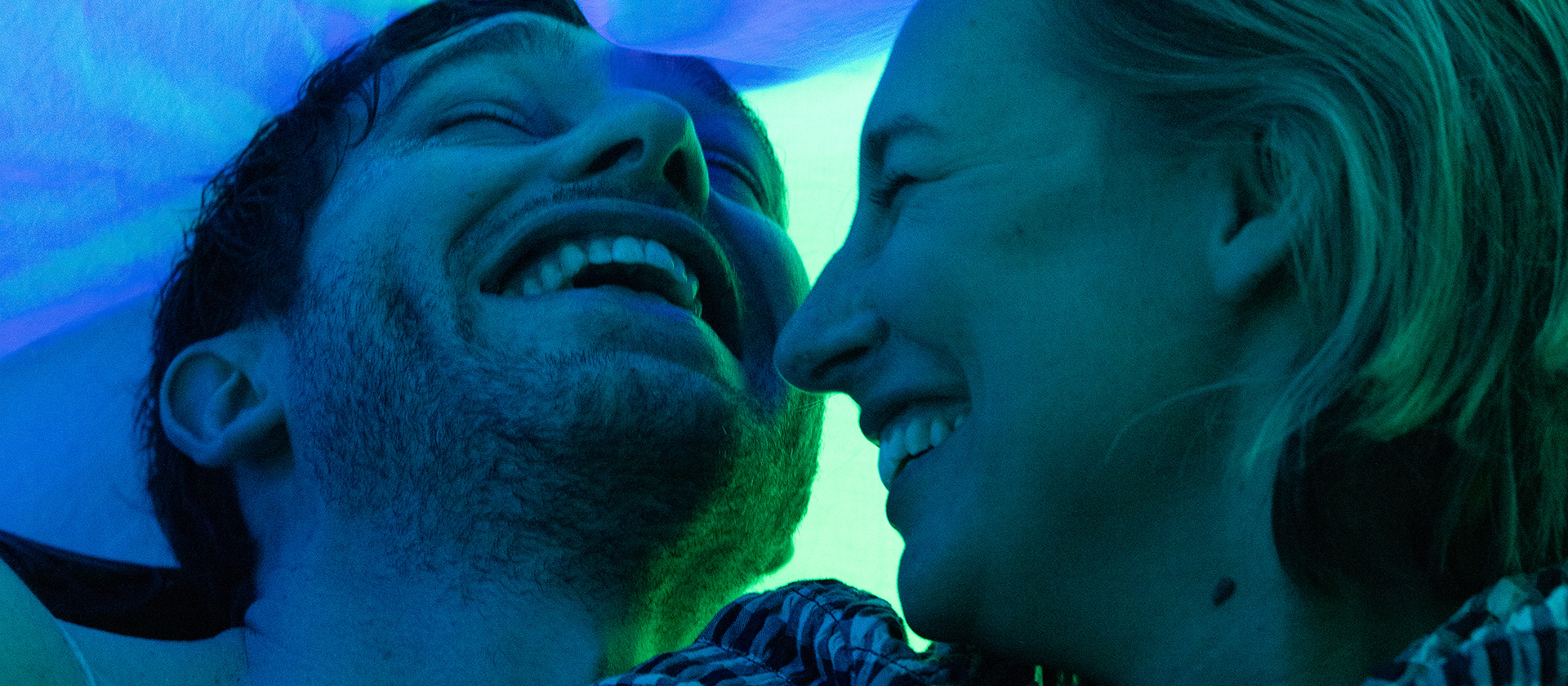
The theatre management side of the film was heavily informed by Henderson’s time helping run The Basement, Auckland CBD’s beloved theatre space which also co-stars as The Crystal Ballroom. “I loved it,” Henderson states. “It was the best job ever. We had no idea what we were doing but we had this crazy ambition and dream, and we just believed we could make something from nothing.”
That belief also kickstarted the film, which began life when COVID lockdowns forced all theatres to close. As Henderson remembers: “We had this idea to shoot a movie on iPhones in the theatres while they were empty. This was the time to capture this community we love so much.”
Vowell continues: “We would wear some masks and shoot it for no money—that was the plan. But then we asked the Film Commission for a little bit of money and they said, ‘Actually, this is a really good idea. Why don’t you do it [properly]?’ We developed it a bit more but kept that same lo-fi philosophy, true to the theatre industry.”
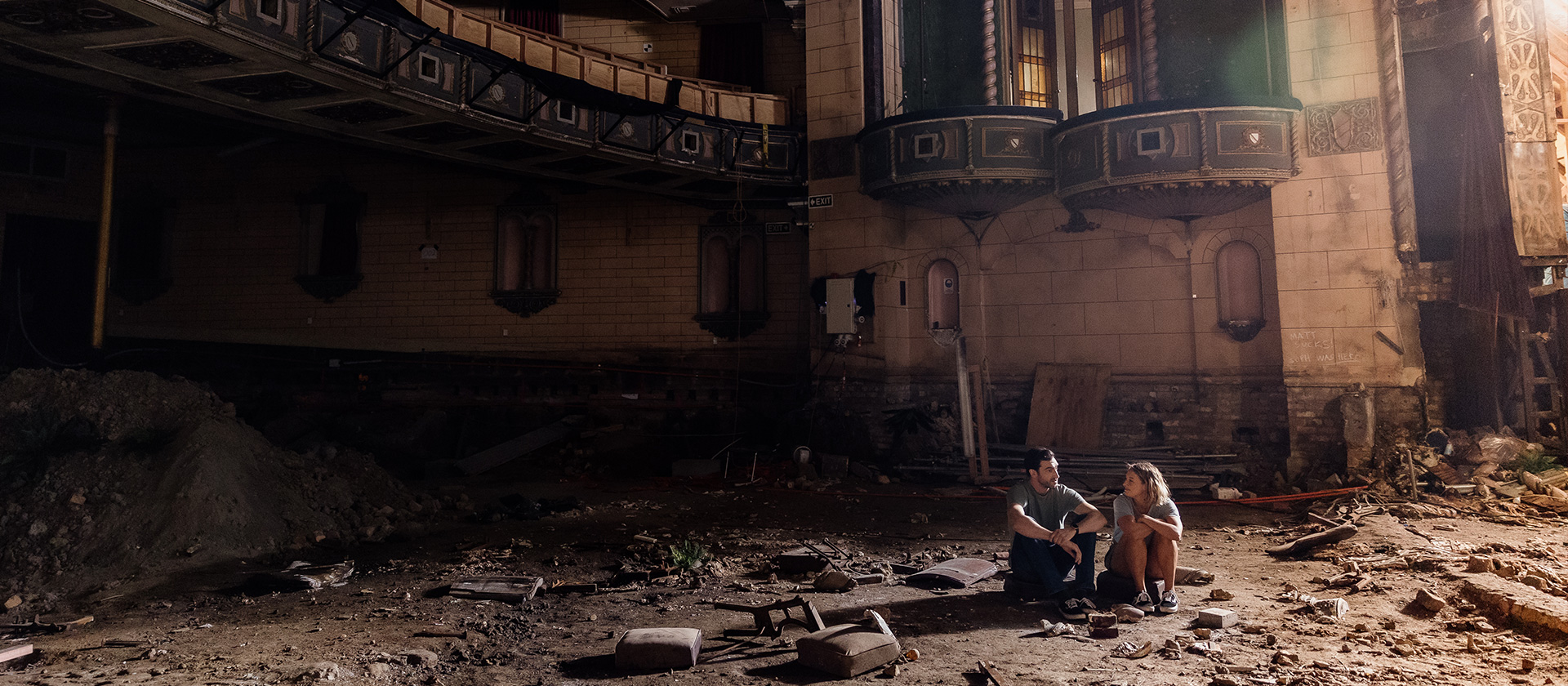
Whelan was an obvious choice to play Tom. Henderson’s known him since her late teens and they’ve worked on numerous projects together. Don’t judge me too harshly, then, when I mistook a photo in the film of Lucy and Tom in their younger years as a real-life photo of Henderson and Whelan. Henderson chuckles when I reveal they fooled me: “That is a photograph of me and Curtis in the basement theatre, and we’ve put Matt’s face on it.”
“Which is quite fitting,” Vowell adds. “When we went down the track of making it more of a romance, we knew that Matt would be perfect because of the natural history and relationship. There’s no meet-cute [between Lucy and Tom]. It’s the opposite. They’ve been working there together for too long, and something should have happened by now. It’s two people who should be together, but the circumstances just never quite lined up.”
“Or maybe they shouldn’t be together…” Henderson ominously throws out there.

Keen eyes will also spot moments from The Basement’s history in Workmates, including posters from real plays that have been staged there. Vowell says how seeking permission from the artists to use their posters for the film proved “easier than trying to design heaps of posters from scratch, because there are all these amazing posters. Anyone who’s had any history to The Basement will instantly be like, ‘Oh, The Motherfucker with the Hat, I watched that.’”
“There’s so much in it that’s true,” Henderson adds. That includes the unflattering, code-dodging details in the film like ice cream containers covering the sprinklers and exit signs being masked to create a true blackout. “It’s damning—damning to me. I have to say: The Basement is legit now. It was quite dodgy when I was running it, but now it’s all above board.”
Damning to Henderson it may be, she and Vowell also use this film to express the joy and passion of creating grassroots theatre in a bygone era. As Vowell puts it: “It was just a good time back then. That’s what we’ve tried to capture, a moment in time which hopefully represents the wider theatre industry. Anyone who’s tried to make a theatre show with no money should be able to how hard it is, which is what this film is trying to show.”
THIS INTERVIEW HAS BEEN EDITED FOR BREVITY AND CLARITY









